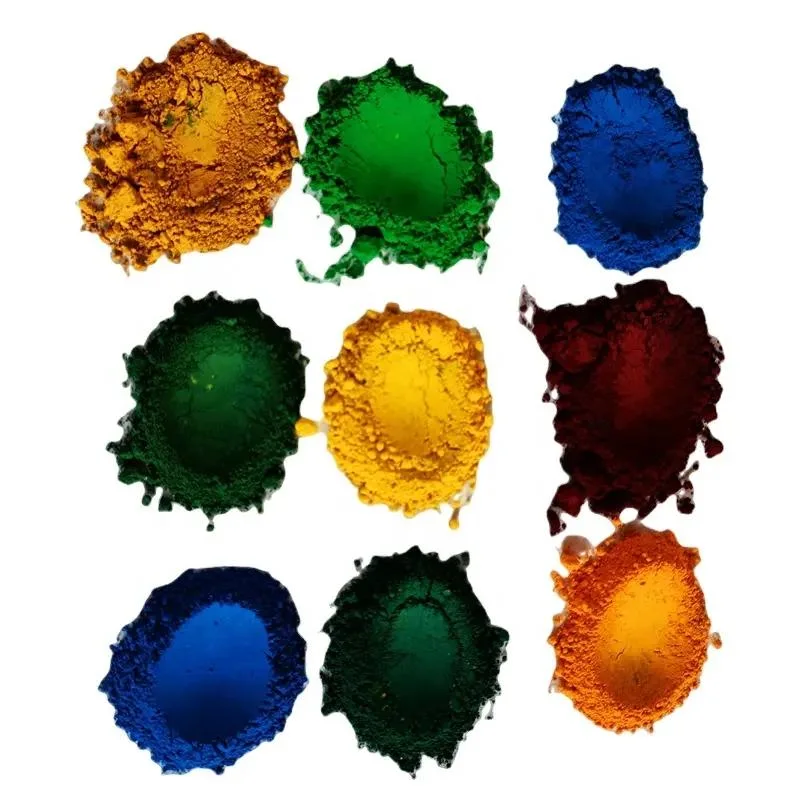Pigment dispersion is a fundamental process that significantly influences the quality and performance of products in diverse industries. From the vivid colors of paints to the sharp images in printing, pigment dispersion is the key to achieving consistent results. This article explores the types of pigment dispersion, their properties, applications, and the impact they have on various sectors.

Types of Pigment Dispersion: Breaking Down the Basics
Pigment dispersion involves breaking down pigment aggregates into smaller particles and uniformly dispersing them within a medium. This process is critical in industries such as paints, inks, coatings, cosmetics, and plastics. Various dispersion techniques, including mechanical dispersion, ultrasonic dispersion, and chemical dispersion, offer unique advantages in achieving desired product properties.
Paint Pigments: Adding Color to the Canvas
Paint pigments, finely ground particles mixed into paint, define the color spectrum in the paint industry. With inorganic and organic pigments leading the way, the choice of paint pigment significantly impacts color, opacity, and performance. Paint raw material suppliers play a crucial role in distributing pigments for the paint industry, contributing to the creation of a wide spectrum of colors.
Exploring the Palette of Pigment Dispersions
Different applications require specific types of pigment dispersions. Let’s delve into eight key types:
- Aqueous Pigment Dispersions: Environmentally friendly and easy to use, these dispersions find applications in paints, inks, and adhesives.
- Solvent-borne Pigment Dispersions: Offering better performance in applications like automotive coatings, these dispersions have a higher solids content.
- Resin-bound Pigment Dispersions: Ideal for applications demanding high durability, these dispersions find use in powder coatings and printing inks.
- Organic Pigment Dispersions: Known for bright colors, these dispersions are often used in artistic paints, plastics, and inks.
- Inorganic Pigment Dispersions: Renowned for durability, these dispersions are common in construction materials, automotive coatings, and cosmetics.
- Effect Pigment Dispersions: Creating special visual effects like pearlescence and iridescence, these dispersions find use in decorative coatings and packaging.
- High-performance Pigment Dispersions: Tailored for demanding applications, these dispersions offer superior durability and resistance.
- Nano Pigment Dispersions: With particles smaller than 100 nanometers, these dispersions enhance color intensity, opacity, and stability.

Applications Across Industries: From Paints to Pharmaceuticals
Pigment dispersion plays a pivotal role in various industries, ensuring even distribution within a medium. Key applications include:
- Paints and Coatings: Providing color, opacity, and protection to surfaces.
- Inks: Vital for high-quality prints in newspapers, magazines, and packaging.
- Cosmetics: Creating a spectrum of products with consistent colors and textures.
- Plastics: Adding color and UV resistance to a range of products.
- Textiles: Ensuring fabrics have consistent, durable colors.
- Pharmaceuticals: Utilized for coloring pills and tablets.
- Food and Beverages: Meeting safety and regulatory standards in coloring products.
- Automotive Industry: Providing color, gloss, and durability to vehicle coatings.
- Electronics: Enhancing aesthetics and protection for electronic components.
- Construction Materials: Adding aesthetic appeal to concrete, mortar, and grout.
- Art Supplies: Ensuring vibrant and long-lasting artworks.
- Home and Personal Care Products: Enhancing visual appeal in products like detergents and shampoos.
Conclusion: The Art and Science of Pigment Dispersion
In conclusion, pigment dispersion is the bridge between creativity and functionality in numerous industries. Whether it’s the perfect shade of paint or the vibrant colors in cosmetics, choosing the right dispersion method and quality pigments are crucial. For top-notch results, rely on chemical distributors or importers at Guidechem. Remember, the right pigments can make a significant difference in the outcome and success of your product.
